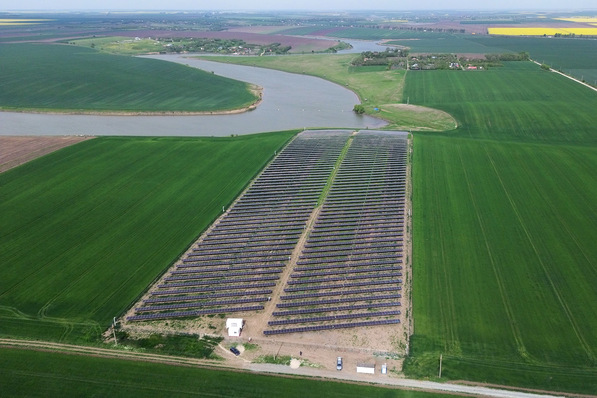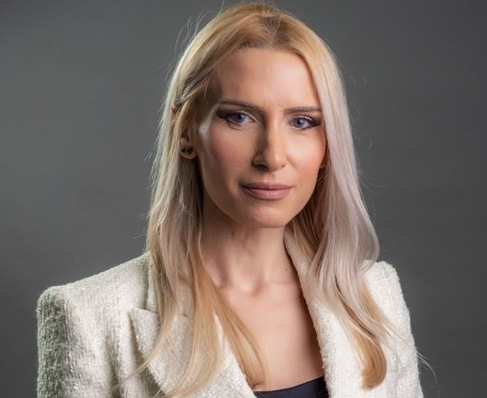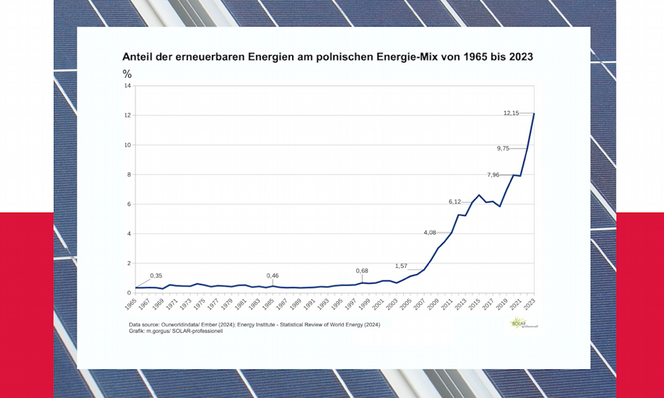Green School students helped to set up and install the inverter and solar panels at Green School, learning about renewable energy in the process. It’s an example of how the school teaches subjects through hands-on projects applied to real-world circumstances, what they call R.E.A.L. Learning.
Solar power is anticipated to become the No. 1 source of electricity by 2050. As the major player in the industry, Huawei’s contribution to Green School Bali will benefit hundreds of young learners aged 3–18, their parents, teachers and the entire community.
“At Huawei, environmental protection is one of the four key strategies that drives our sustainable development, which echoes Green School Bali’s vision. As part of our on-going effort to support local communities to be progressively dependent on renewable solar energy, we are pleased to support Green School Bali’s carbon positive initiative by offering our smart solar solution”, said Bruce Li, Managing Director of the Huawei Asia-Pacific (APAC) Enterprise Digital Power Business.
Goal of 100% renewable energy
As the global energy demand keeps rising, the Asia-Pacific region is one of the most potential markets for solar inverter business, Indonesia is looking into harnessing this green energy to meet its booming energy consumption, curb urban pollution and positively contribute to climate change.
The Green School, opened in Bali, Indonesia, in 2008, is committed to educating for a sustainable world and nurturing future green leaders.
“It’s been a goal from the very beginning to have Green School run on, or as close to 100% renewable energy as possible. The inverter donation has helped us close in on that goal, reducing our C02 emissions by about 3.5 tonnes per month.” John Hardy, the founder of Green School Bali explained, “We are very grateful for all our partners and generous sponsors to make this possible. The contribution from Huawei will surely inspire our children in their journey of living sustainably.”
Currently, the school’s solar PV system is composed of 118 solar PV panels, a 72 kWh capacity lead acid battery bank and inverters.

greenschool.org/bali
Anthony Vovers, Renewable Energy Advisor for Green School Bali also shared, “The inverter, which was kindly donated from Huawei, is really light-weight and compact. The installation process was a breeze and all the connections were easy to establish to the network. Moreover, the simple LED light indicates the operating status of the inverter at a glance.”
With the addition of Huawei’s latest inverter SUN2000-10KTL-M0 which offers a maximum of 98.6% energy efficiency rate and lower cost of maintenance, the Green School Bali pushes new heights for sustainable and innovative organizations around the world.
See other examples for Green Schools: Solar school project in Essex cuts utility bills
“As an organization, we are inspired and impressed by the progress which Green School Bali has achieved for the past years as a pioneer in establishing a sustainable institution.” Bruce Li from Huawei added, “At Huawei, we strive to use clean and renewable energy to build green campuses that boast low carbon emissions. Our PV plants at Huawei’s campuses have a combined capacity of 19.35 MW, and generated over 12 million kWh of electricity in 2020. This is equivalent to a reduction in CO₂ emissions of more than 5985 tons.” (hcn)
Did you miss that? Huawei Storage system LUNA2000:Compact, modular, and slim







